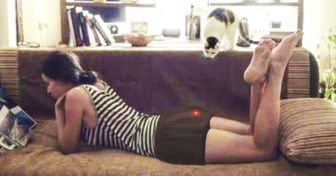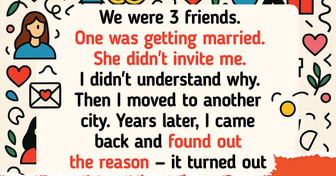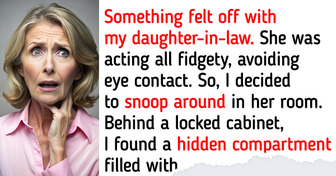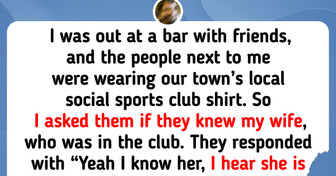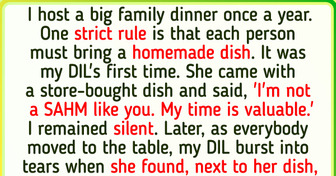20 Skillful Women Who Can Do True Wonders With Their Makeup Kit

Pilots can’t eat similar meals when they are working. Imagine that you are on a transoceanic flight. The airplane is flying over the Pacific Ocean. Flight attendants deliver the dinner meals.
Everyone is enjoying the pasta. The sauce tastes a bit funny though. Hmm, that’s probably okay. After all, you are eating an aircraft meal. It cannot taste like a 5 stars chef’s plate.
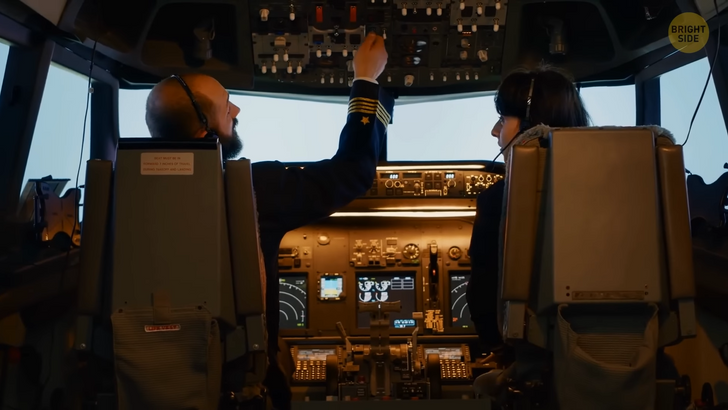
Time goes by... Oh, no! You were right. Something was indeed wrong with the food. But if all the passengers have the same problem, so do the pilots! To prevent both of them from being out of order, pilots are advised not to eat the same meal at the same time.
In such a scenario, if one pilot feels bad, the other one can take over. I mean, this is not an imperative rule stated by the Federal Aviation Administration, but most airlines make their own rules about this matter.
Flight attendants have access to hidden equipment such as a defibrillator, supplemental oxygen, a fire extinguisher, and duct tape, but probably the most interesting gear they have is handcuffs. These objects are there to protect passengers from others and sometimes from themselves. Turns out that flight attendants have everything they need to defuse a troublemaker.
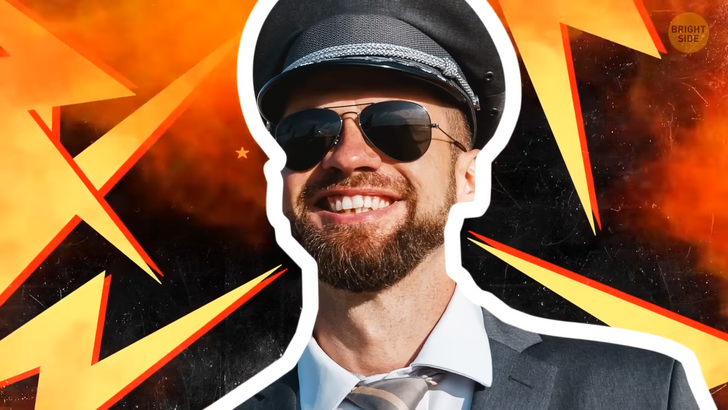
Aviator sunglasses look cool on pilots in movies, but in real life, they don’t wear polarized glasses. First off, they have a glare-reducing effect. This can cause some trouble in the cockpit. A pilot has to read instruments. But the stuff in the cockpit, such as LCD displays, emits polarized light.
So a pilot with those cool polarized glasses can’t read the displays with 100% efficiency. Pilots shouldn’t wear these glasses simply because of safety concerns. Imagine a shimmer of glare coming from another plane’s windscreen, but the pilot missed the sign because of polarized sunglasses.
Ever noticed a hole in the tail of an airplane? Well, most commercial airplanes have it. Next time you get into an airplane, take a closer look. The hole has a fancy name: Auxiliary Power Unit. It looks like a hole from the outside, but that is actually a hidden turbine engine.
Most of the time, the APU will remain off for the entire flight. It will start working when the plane lands. It provides power to the cabin lights, air conditioning, and cockpit electronics. Don’t underestimate the APU’s power, though. It can also provide the power required to start the main engines.
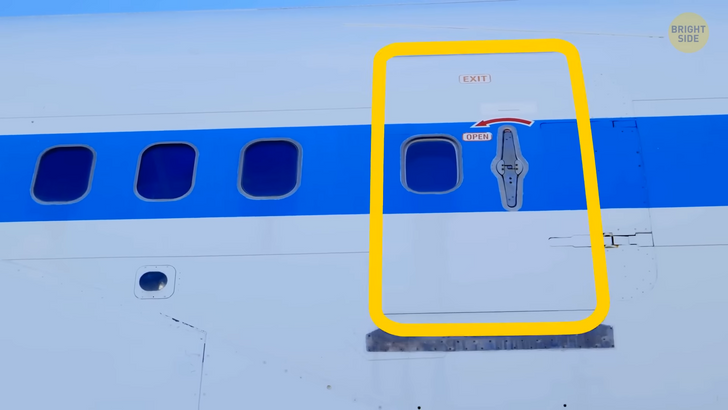
You’ve learned what APU is. A perfect icebreaker. Unfortunately, you are not in a chatty mood. You just want to take the plane, land, and start your vacation. Yet again, there is only one door to board. You are at the end of a queue.
Why don’t planes generally have multiple doors? According to the experts, the biggest issue is that the bridge takes up a lot of space. When an aircraft is loaded from the front and the rear, it takes up two slots. This is not ideal for the administrators. Newly remodeled or constructed terminals tend to have dual boarding compared to the older terminals.
Change of scenery. Let’s jump into a cruise ship! There are hidden passageways and secret doors in ships. These secrets are from an insider. Staff on the ship mostly work in their designated area. How does a worker get from one place to another without using the stairs and doors that the passengers use?
There is a network of corridors and stairs all around the ship used only by the crew. I mean it when I say secret doors. They blend with the walls. So they go undetected by those who don’t know where the door is. Maybe you can stumble “by accident”. Here is a clue. Pay attention to the walls near the guest stairs.
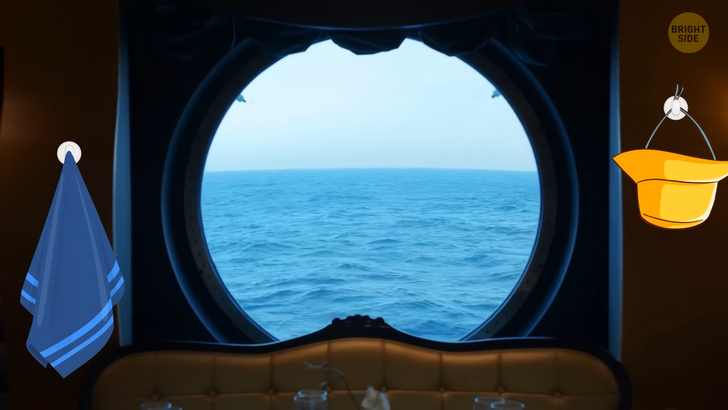
Try to think of those gigantic cruise ships as floating metals. This leads me to a cruise cabin fun fact. The walls of the cruise ship cabin are magnetic. Imagine you are traveling to multiple countries on board a cruise ship — a single-month voyage.
You collect destination-themed magnets and decorate your cabin. True cruise fans know this magnet magic, so they put a couple of magnetic hooks into their luggage. Neat tip: use magnetic hooks to add extra storage in your cabin. Hang clothes and accessories, postcards, or hats.
Speaking of ships. Why do some ships and boats have small holes constantly releasing water? To keep the bilge free of water. Water builds up over time inside the bilge, and the bilge pump automatically pumps the water out again.
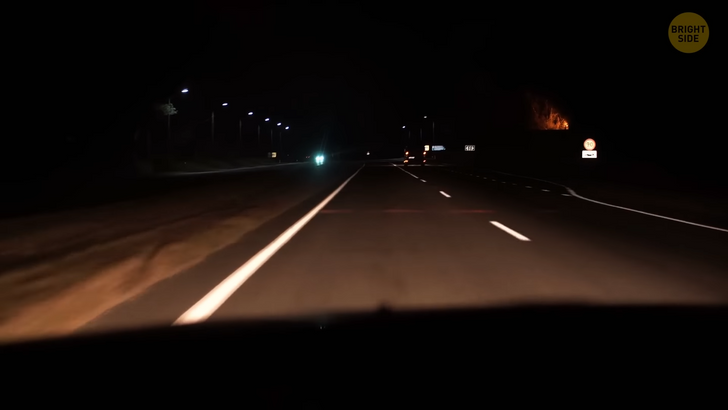
Ships don’t have headlights. Using a headlight could prevent accidents. If they work for cars, why not for ships? Headlights are the source of light, but the light that comes out of them bounces back at the light source at some point. With cars, for instance, headlights work because the area you want to lit is narrow, and you can easily take action if you see an obstacle on the road.
For ships, this is super hard. The light source should be powerful enough to light the area the captain wants to see. Large cargo ships, for instance, need more than a mile to stop or take action. Plus, imagine how much brighter should the ship’s light be to light the whole area in front of it!
They do see each other with different sorts of lights called navigation lights. These are small but practical. They arrange it in a standardized way so that ships could see each other. The exciting thing is that they don’t just notice one another in the dark — they also understand each other’s movements and directions.
Here is an example. Imagine a ship with two nav lights. The one on the front is lower, near the ship floor. The other one on the back is high up. This means the vessel goes to the right. It can safely pass by the other ships without hitting them.
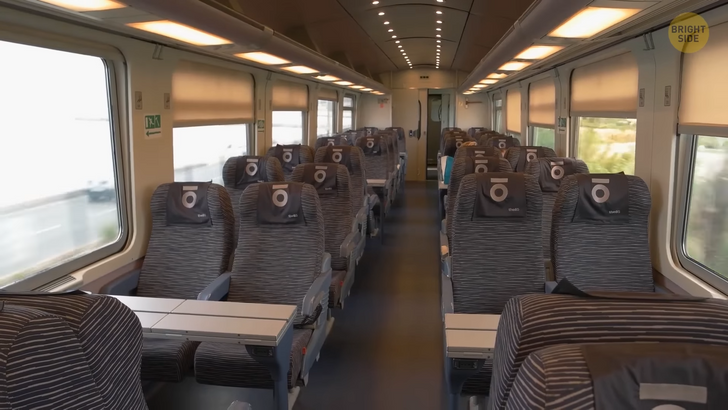
Trains don’t have seat belts. A bit weird. Every time there is a crash related to trains, this matter comes up. Pretty much nowhere in the world seatbelts are used on trains.
Various studies have been made on this issue. Some of them created simulations of accidents, and the results were surprising. Using a seatbelt on a train could potentially increase the number of injuries.
In cars, seatbelts are highly effective in protecting the passenger and are used all the time. The logic behind the seat belt is to protect the person when a collision causes rapid deceleration, but trains carry so much momentum that they don’t stop rapidly.
On a plane, passengers use a seatbelt on takeoff, during landing, and if turbulence occurs. There are no such things for trains. Entering and leaving a station is not a high risk. Experts believe focusing and making investments are other ways to improve railway safety.
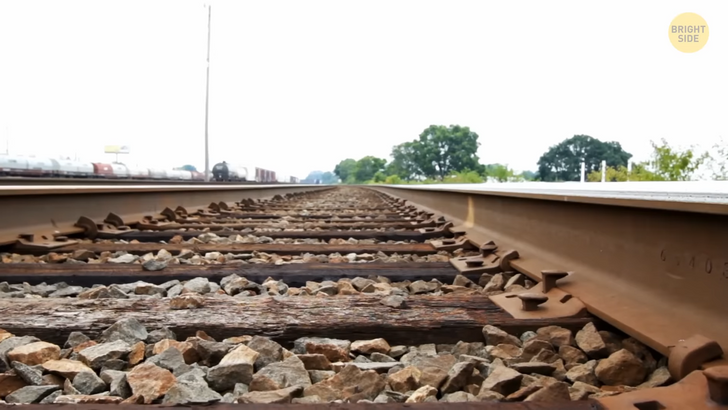
Now you are traveling by train. You look outside the window. There are small stones along railway tracks to accompany you on the journey. Those stones are formally known as “track ballast”. They do a very important job.
They provide support to and maintain the tracks. They are not there by mere coincidence, though. Now, look at the stones closer. You can notice that there is no single smoothly cut stone on the tracks. Because they are not regular stones randomly poured at the rails.
Each rock has sharp and abrupt edges. Sharp edges hold onto each other. They protect the railroad from harsh concussions. They facilitate water drainage in heavy rain and keep down the grass and other weeds.
Now, imagine replacing those with round pebbles. They will slide down. Eventually, the ballast will spread out, and tracks will fall apart! The last thing you would want, especially if you are a passenger on that train.

